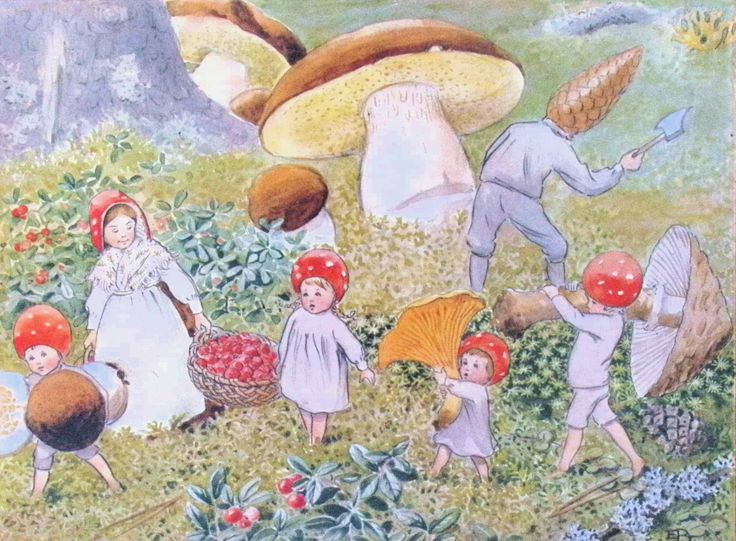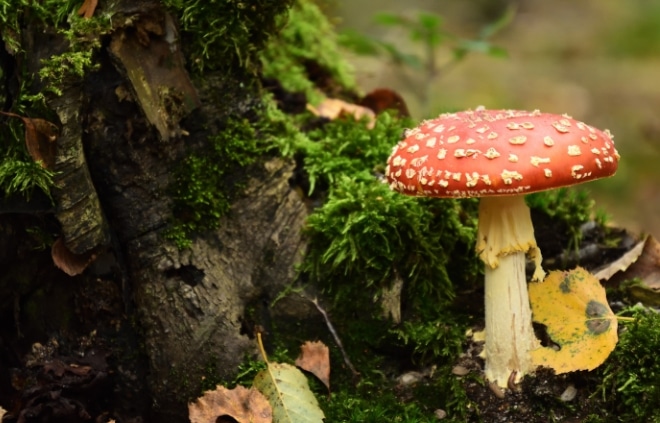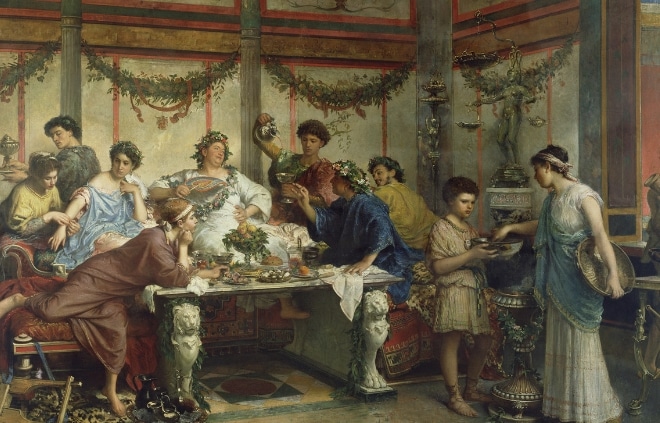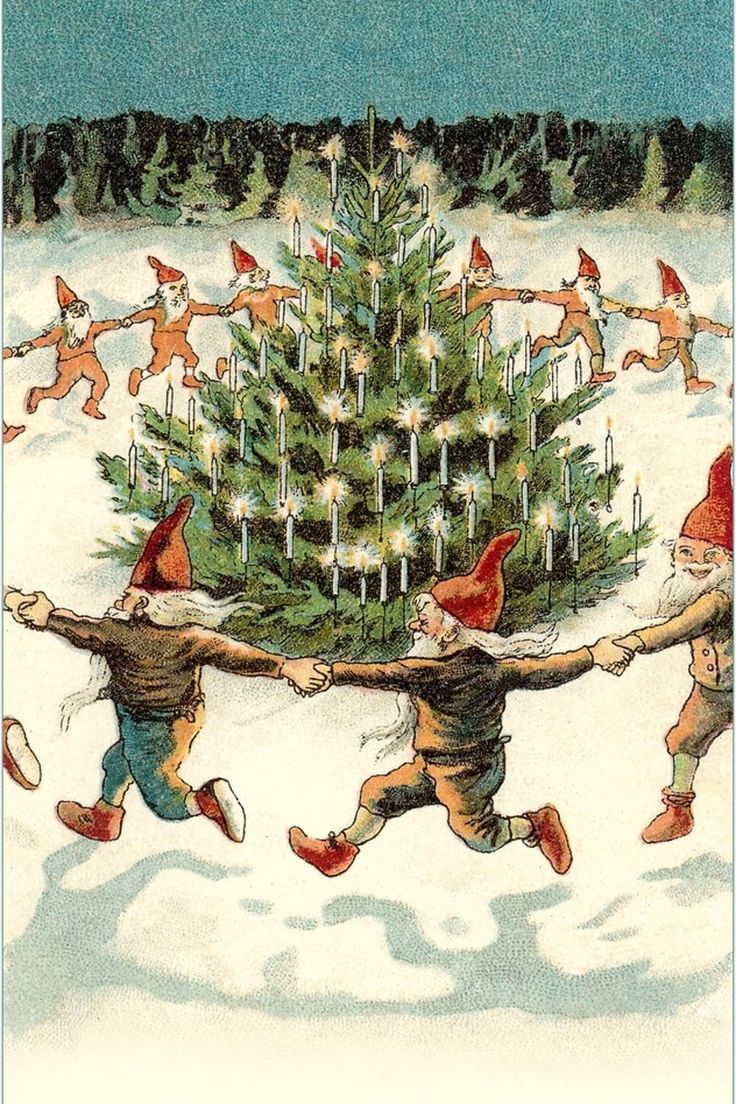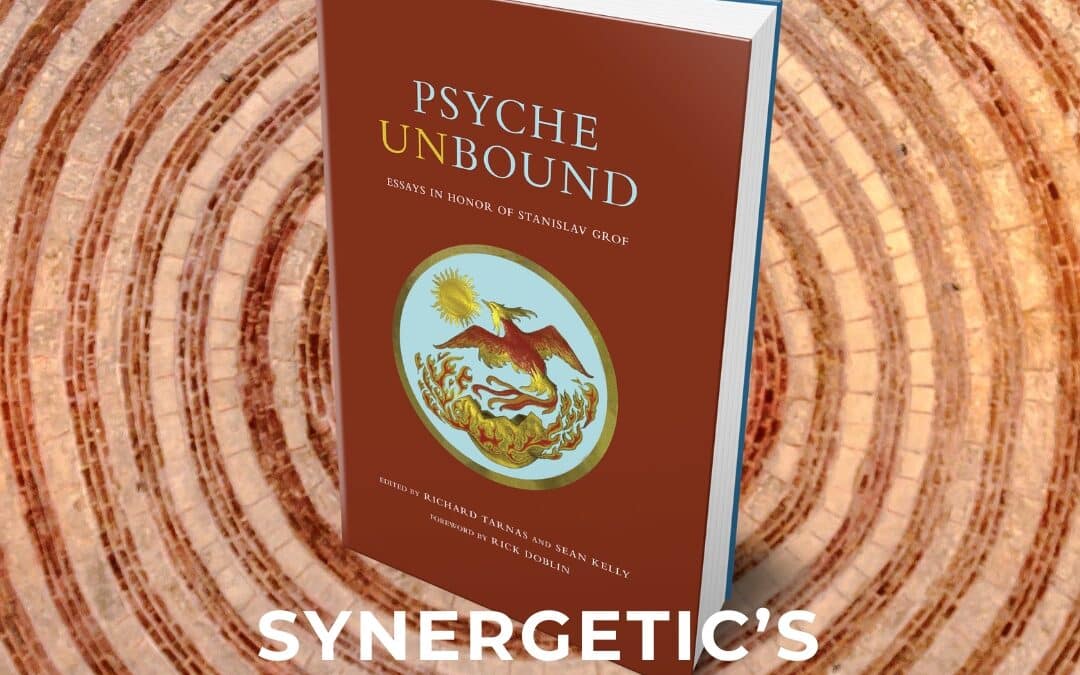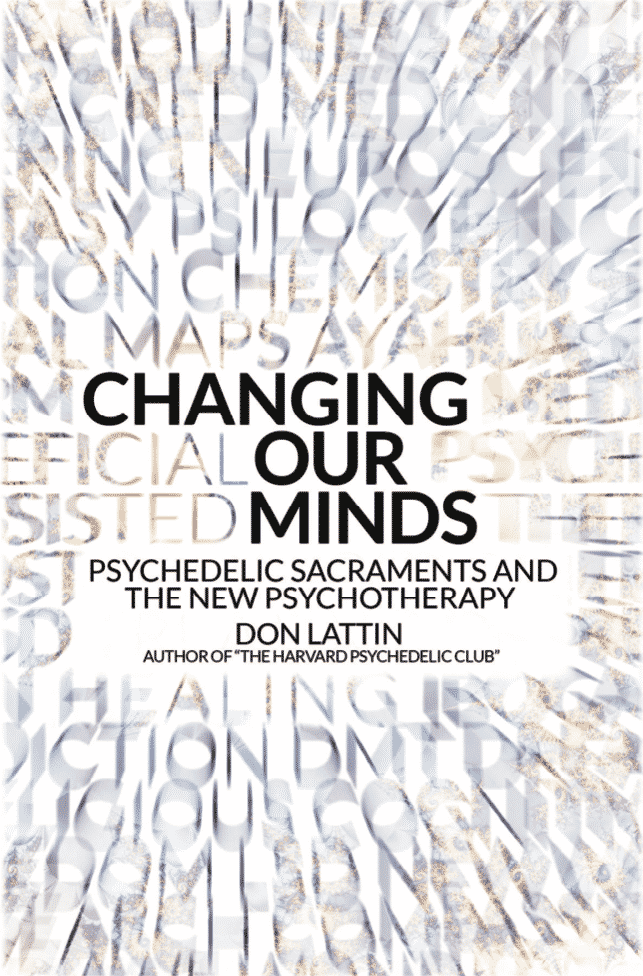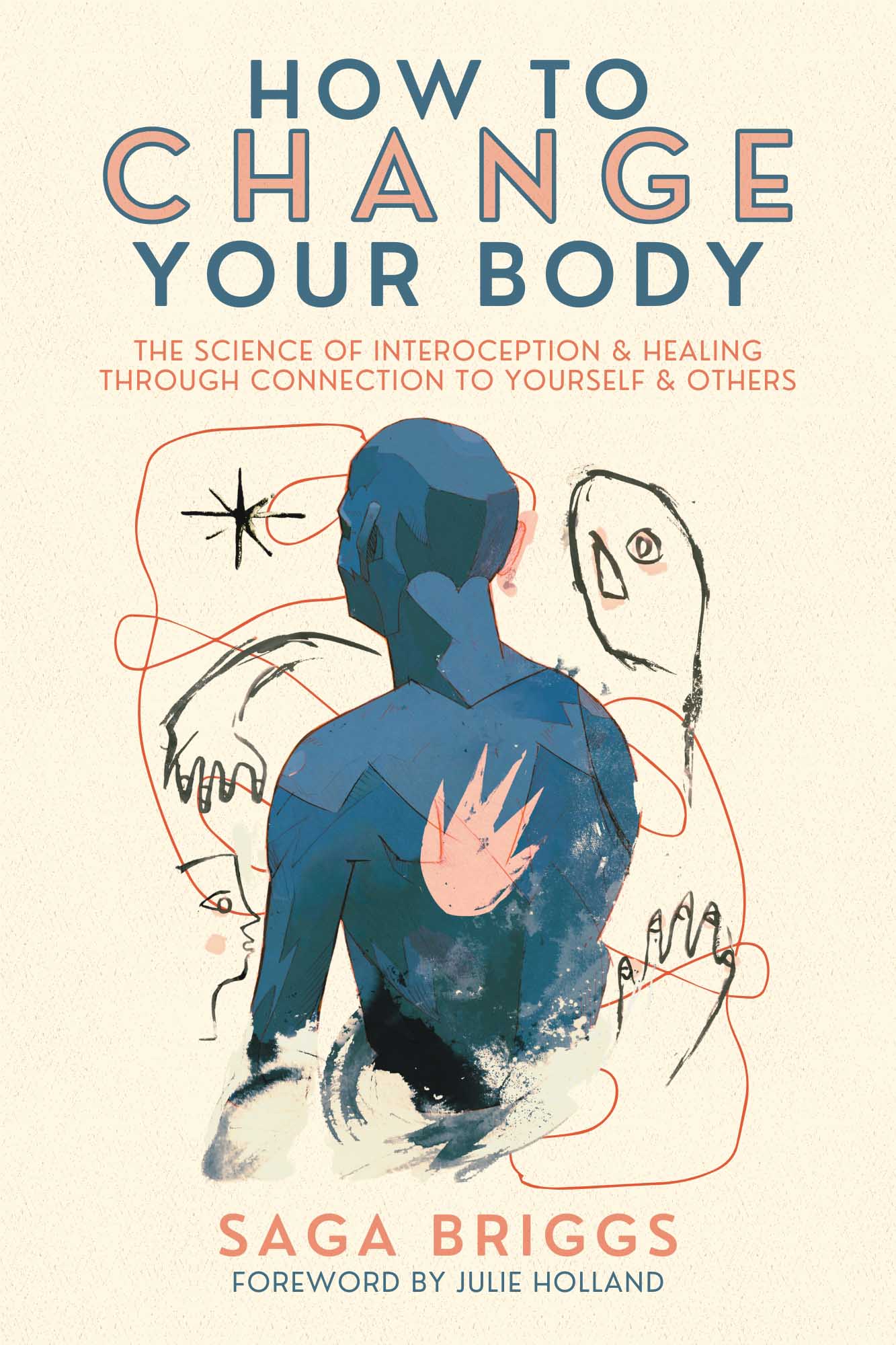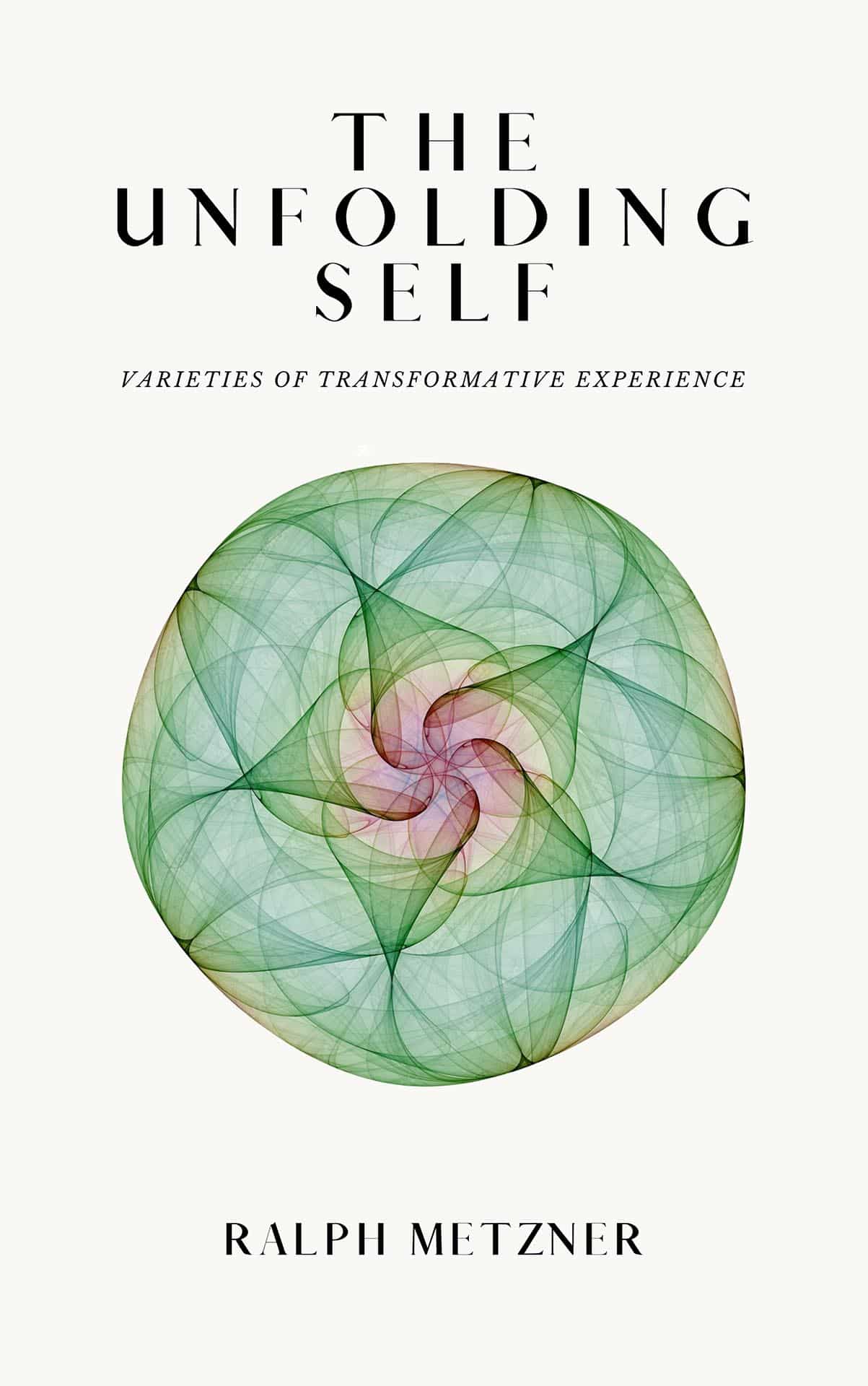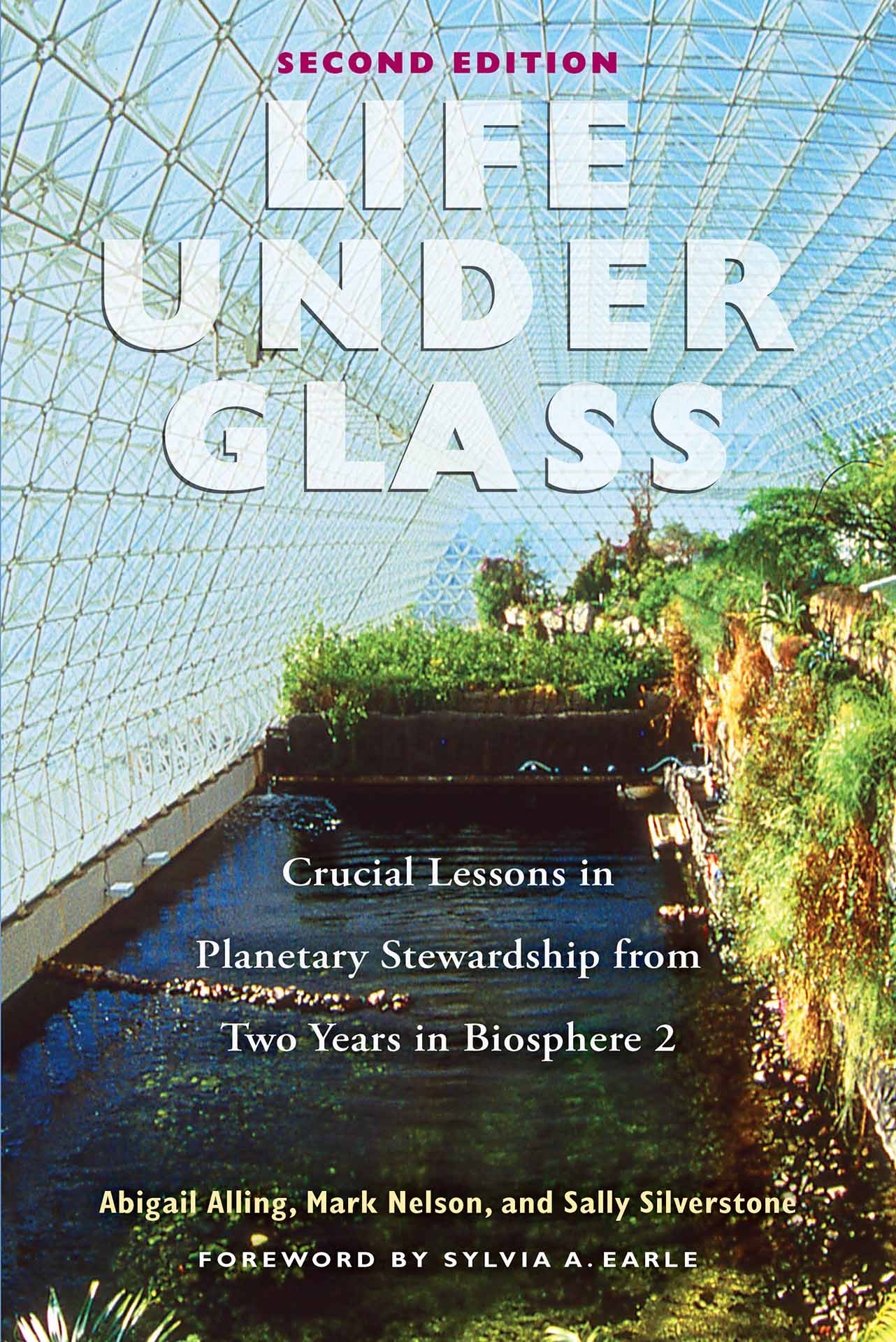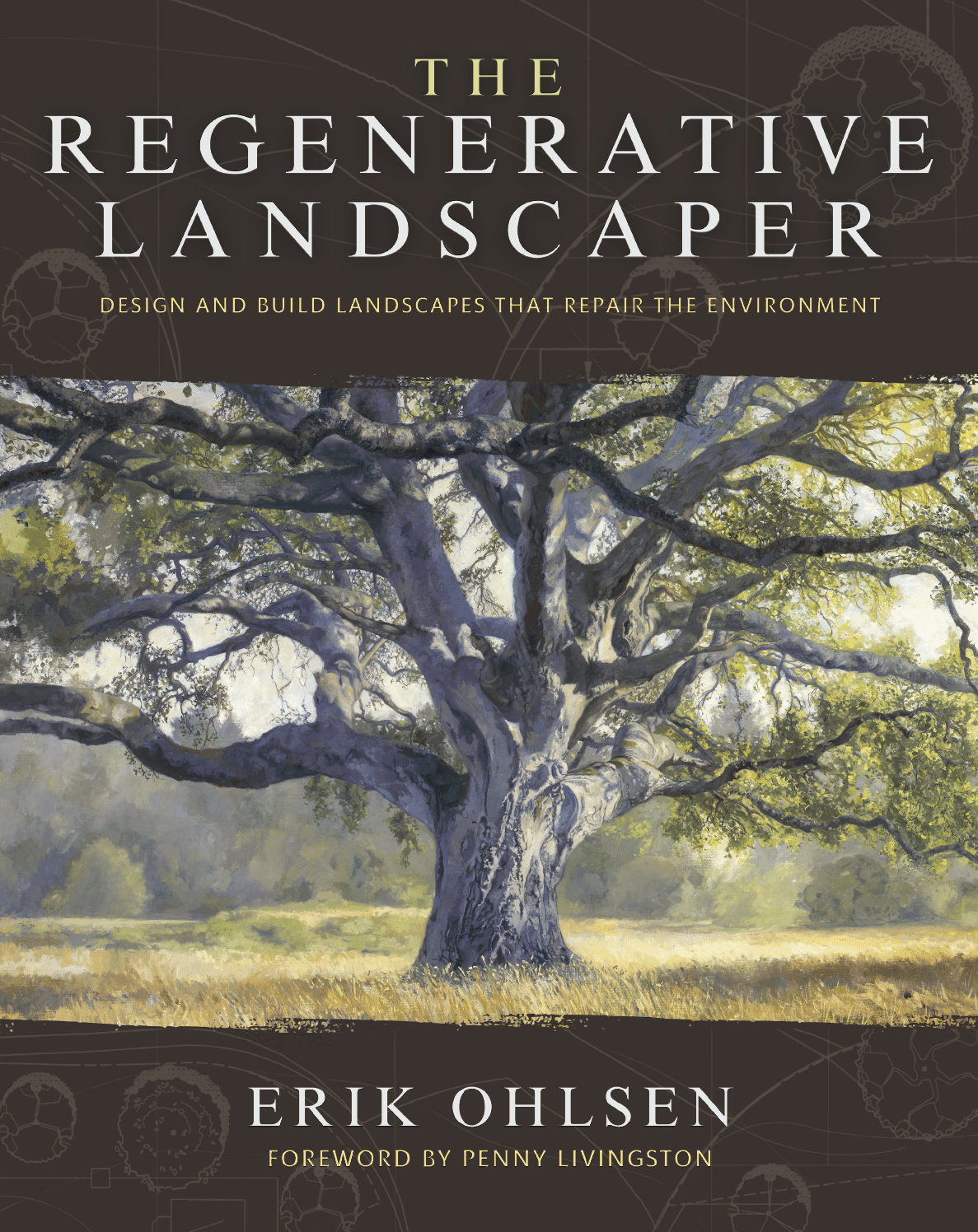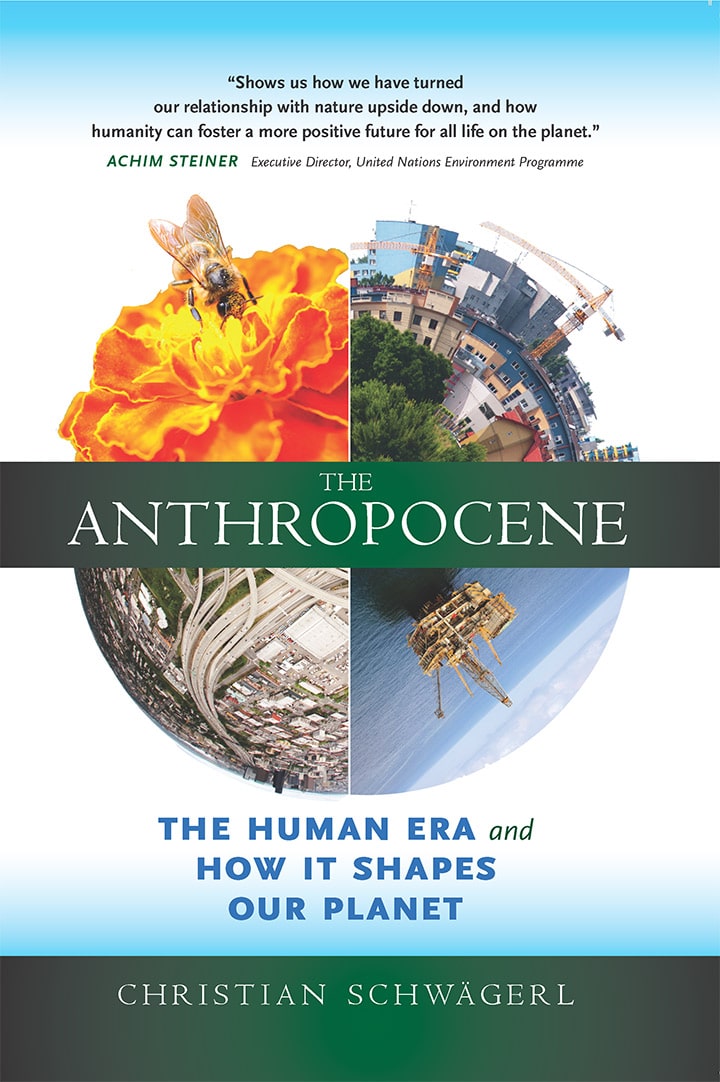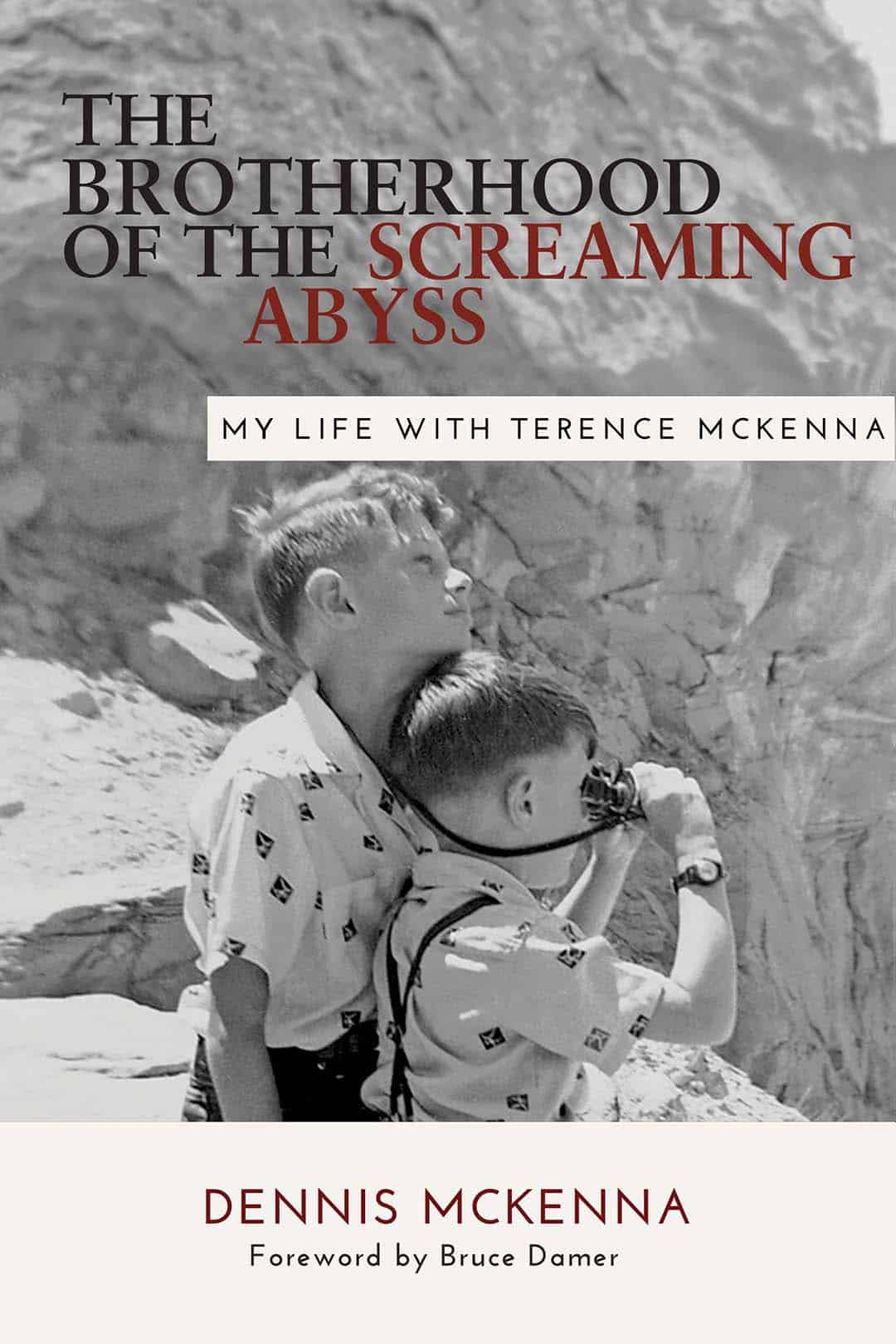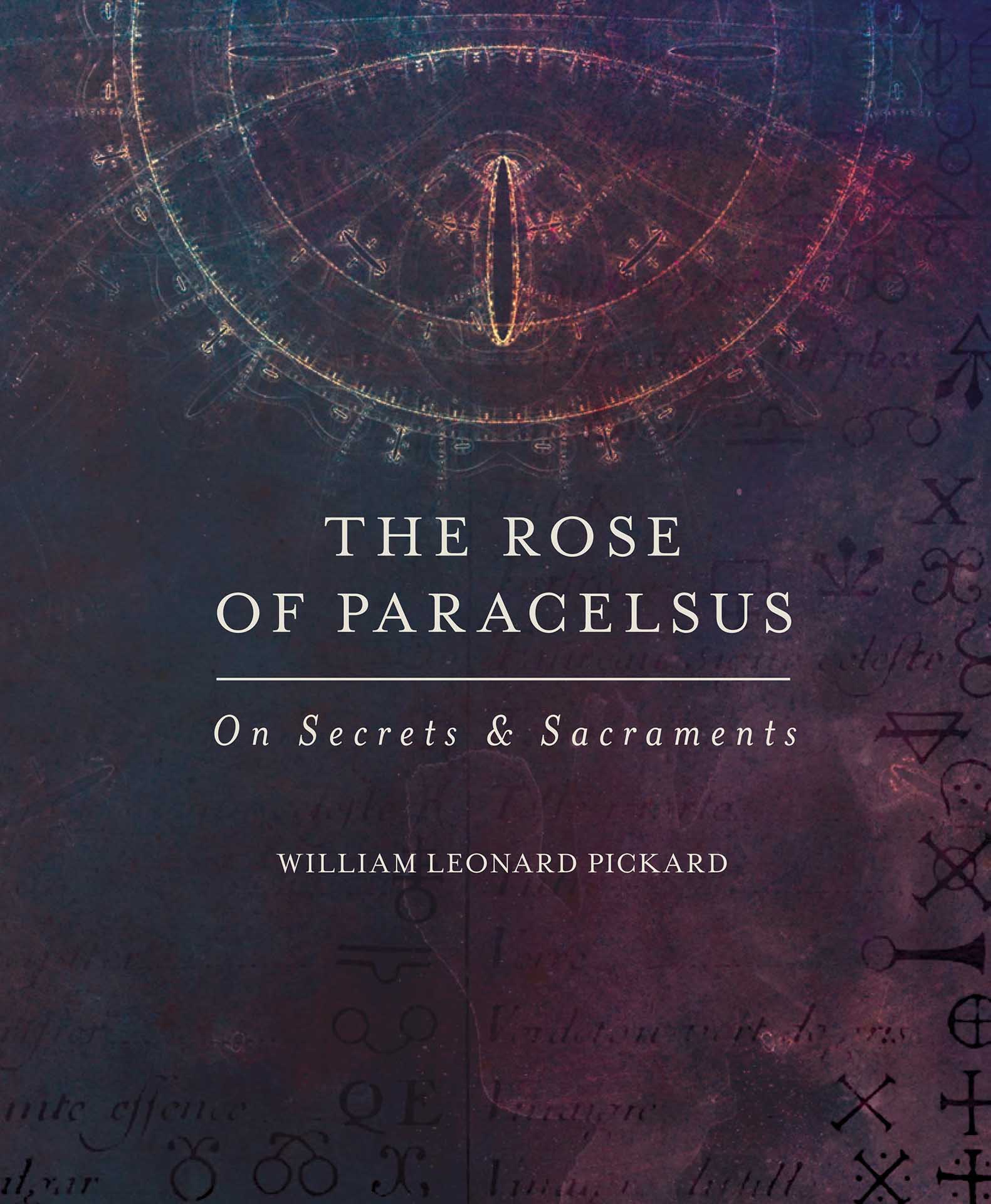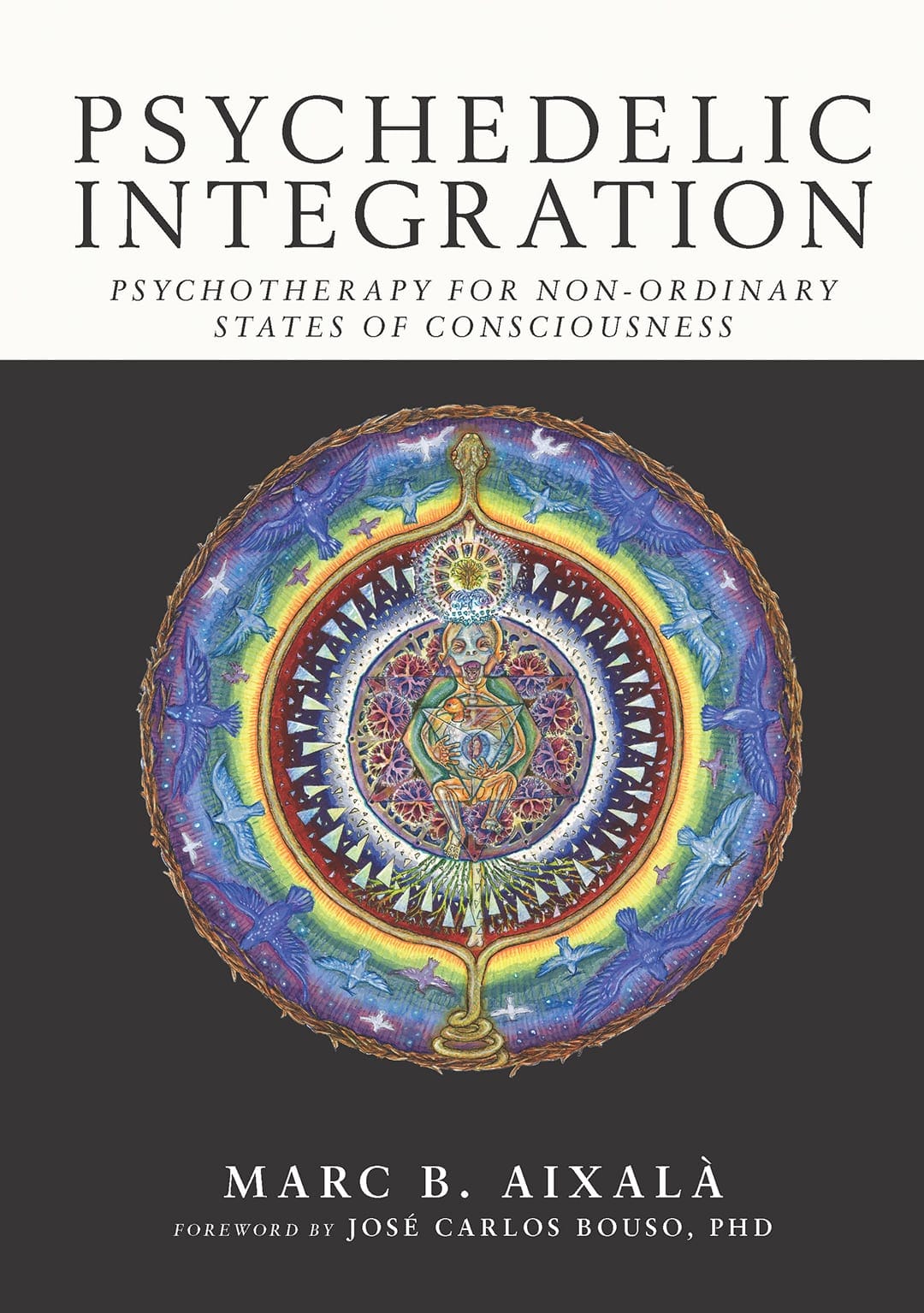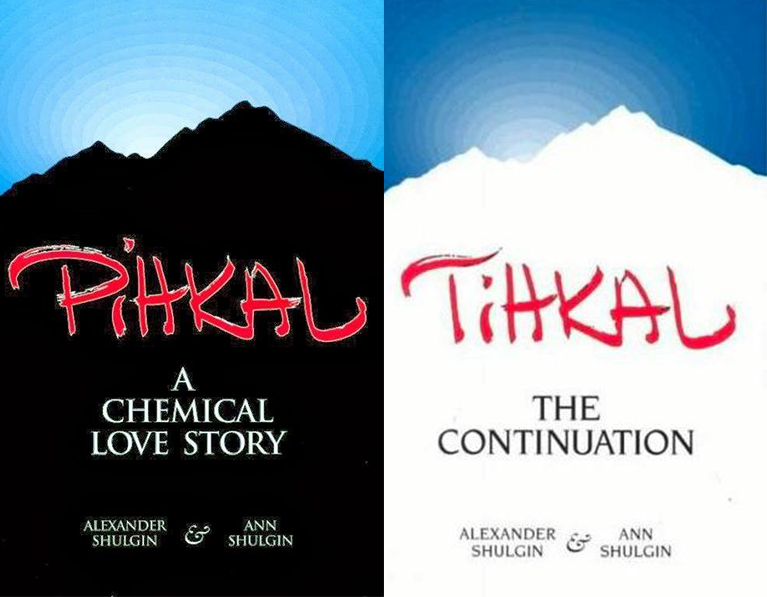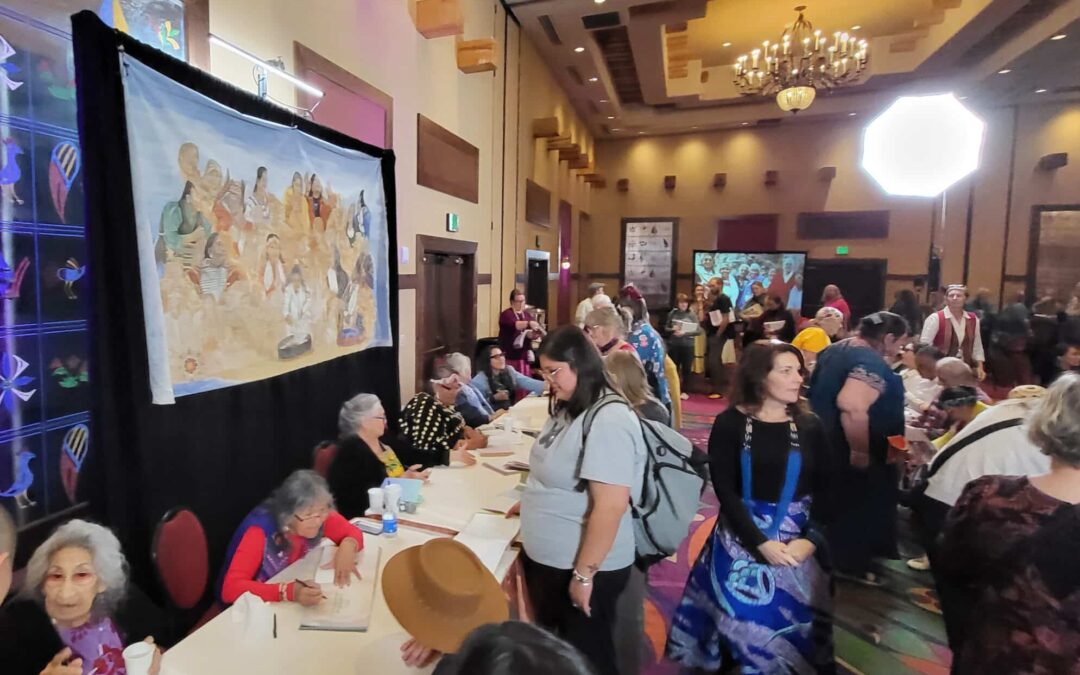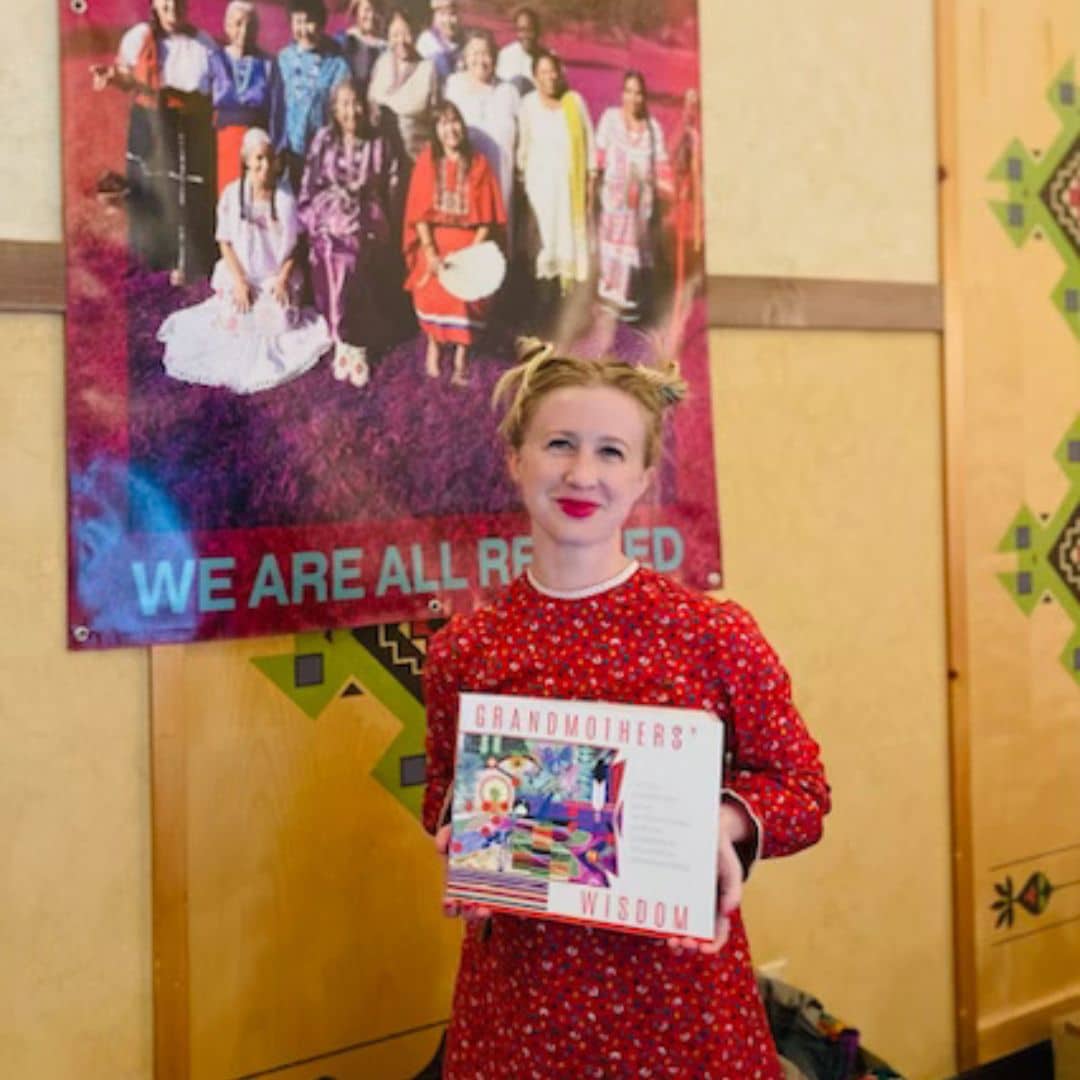
Wisdom Unveiled in The Language of Water
The Launch of Language of Water:
Ancient Techniques and Community Stories for a Water-Secure Future
We are delighted to announce the launch of The Language of Water, a profoundly timely book that arrives at a critical moment in our global water crisis.
Now available for purchase on the Synergetic Press website, this book serves as both an urgent call to action and a beacon of hope, illuminating the deep and inextricable relationship between humanity and water. This extraordinary book offers profound insights into the timeless relationship between humanity and water, weaving ancient techniques with the inspiring stories of communities worldwide who are restoring water to the land.
Water is not merely a resource—it is a living force that sustains, nourishes, and connects us. The Language of Water intricately weaves together the stories of water bodies across the world and the cultures that depend on them, creating a unifying narrative that transcends borders. It reminds us that no matter how diverse our backgrounds, we all share the fundamental need for clean and accessible water.
At a time when resource depletion and climate change threaten ecosystems and communities, this book revives ancestral water knowledge and explores time-tested conservation practices—from the ancient johads of Rajasthan to the innovative rain gardens of Slovakia. By blending indigenous wisdom, ecological science, and community-led restoration efforts, it offers a vision of a future where water security is not only possible but thriving.
With its compelling stories of resilience and renewal, The Language of Water invites us to rethink our connection to this elemental force, inspiring us to become stewards of water and life itself. As you turn its pages, may you feel empowered to engage with water as a sacred, living entity—one that speaks to us all, if only we learn to listen.
Discover the Wisdom of Water: A Transformative Book on Ancient
Techniques and Community Stories – Order Your Copy Today!
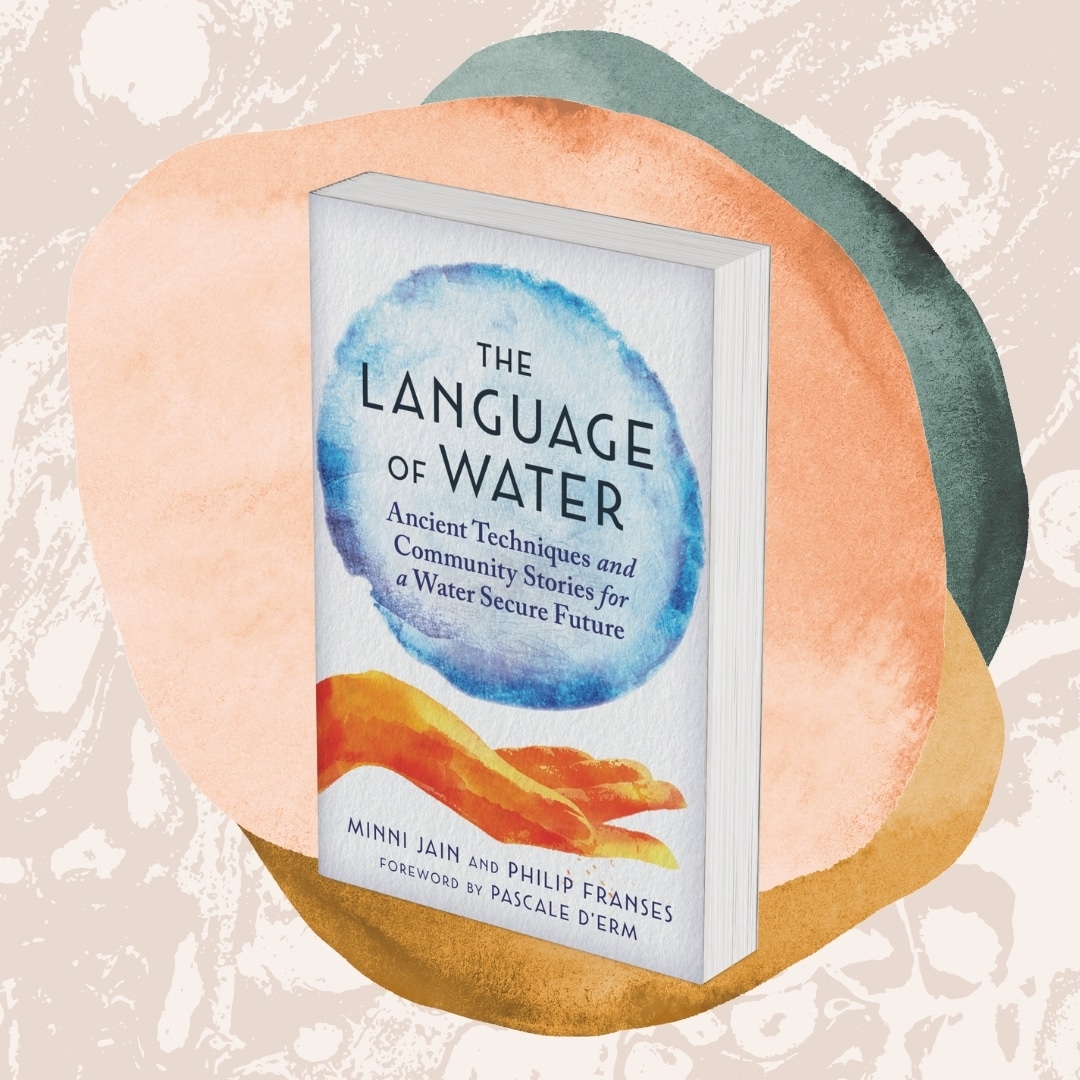
“‘Water’ and ‘survival’ are pretty much the same thing, so it’s no wonder that local communities, facing record drought and heat, are taking matters into their own hands. These are stirring stories of the recovery of time-honored techniques that will be desperately important as the climate crisis keeps building.”
—Bill McKibben, Author of The End of Nature
“The Language of Water is a love story about humans and water, and the ways in which we are learning to keep this relationship healthy for the sake of future generations, reminding us that it takes people in our local communities and those at the macro level in cooperation to help care for Mother Earth’s waters. With cases from around the world as evidence, Minni Jain and Philip Franses show us that for the sake of Mother Earth’s future, community-led initiatives and traditional wisdom partnered with earth-based scientific practices and research are the path of hope. Sustainable relationship with the waters around us is essential if we are going to act in order to give future generations a chance—it’s all connected through kinship, community, action and care. Read this book as a reminder of the love story that is always unfolding, and the important part we have to play in it.”
—Kaitlin B. Curtice, Potawatomi poet-storyteller and award-winning author of Native and Living Resistance




